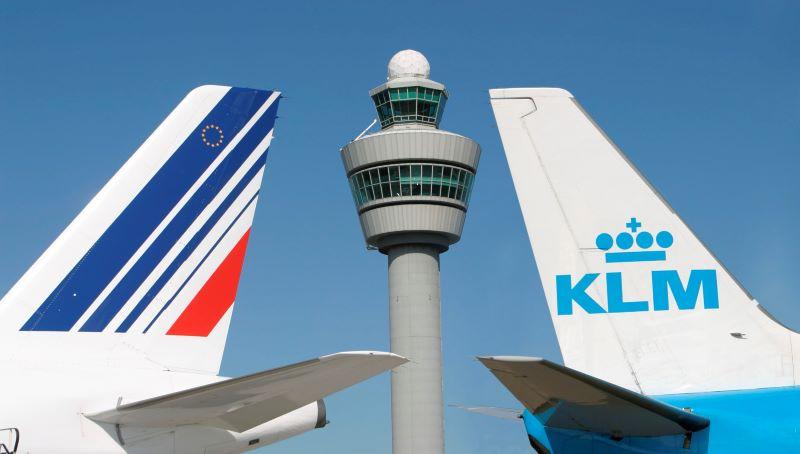
Credit: Air France-KLM
PARIS—Air France-KLM is targeting further profitability as it pushes ahead with its strategic plan, including fleet renewal and growth through alliances and M&A, executives said during a Dec. 14 investor day in Paris. The Franco-Dutch airline group confirmed its existing outlook for 2024-2026 and...
Subscription Required
Air France-KLM Targeting Further Profitability Boost is published in Aviation Daily, an Aviation Week Intelligence Network (AWIN) Market Briefing and is included with your AWIN membership.
Already a member of AWIN or subscribe to Aviation Daily through your company? Login with your existing email and password
Not a member? Learn how to access the market intelligence and data you need to stay abreast of what's happening in the air transport community.





